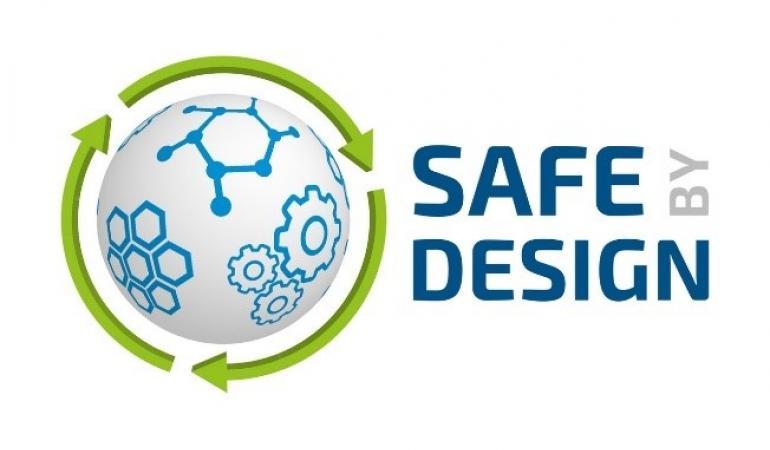
In the world of emerging technologies, such as synthetic biology, nanotechnology and nanobiotechnology, Safe-by-Design is becoming an increasingly common concept. This involves taking safety into account at the earliest possible stage of product and process development. Safety is also about preventing the misuse of high-risk pathogens and the related knowledge and technologies, or biosecurity.
Biosecurity includes the measures, guidelines, technologies and practices used to protect pathogens, toxins and sensitive technologies and related equipment from unauthorized access, loss, theft, misuse or intentional release[i]. In the context of biosecurity, it is important to check whether biosecurity is at stake before you work with high-risk pathogens. Safe-by-Design can be applied as an integral and forward-looking way to consider safety at the earliest possible stage in the development of biotechnological products and processes. Biosecurity and Safe-by-Design therefore go hand in hand, as both are aimed at preventive action to minimize safety risks, both safety (protecting people and the environment against dangerous pathogens) and security (preventing misuse). to make.
A good example of the application of Safe-by-Design and biosecurity is the iGEM competition. Biosafety and biosecurity are an important safety element of the competition, in which student teams try to solve societal problems with a design based on synthetic biology. In 2019, a participating student team from Wageningen introduced “Xylencer”, a new idea to combat the plant disease Xylella, caused by a bacterium. From the initial phase, biosafety and biosecurity has been included in the biological design. For example, a bacteriophage therapy has been chosen, which only combats the Xylella-causing bacteria. This prevents unwanted spread (biosafety), but also ensures that the bacteriophage therapy cannot be easily abused. In addition, the bacteriophages are equipped with a kill switch, with which the bacteriophage kills itself after a certain time. A non-pathogenic bacterium was also chosen to produce the bacteriophages. All these aspects in this Safe-by-Design design greatly reduce the biosafety and biosecurity risks. In addition to this example, there are many other iGEM teams that have also thought about biosafety and biosecurity in synthetic biology from a design perspective.
RIVM is working on biosafety, biosecurity and Safe-by-Design. Although the concepts of biosecurity and Safe-by-Design are becoming more and more common, these concepts are still relatively abstract and not well established in the research world. RIVM is involved in various initiatives to raise awareness about this. For example, RIVM is a member of the “biosafety committee” of the iGEM organization, which encourages the integration of biosafety and biosecurity aspects with the Safe-by-Design approach in iGEM projects. In the field of education, too, efforts are being made to establish the subjects Safe-by-Design and Biosecurity together. In the development process of practical tools, the philosophy of Safe-by-Design and that of Biosecurity complement each other well.